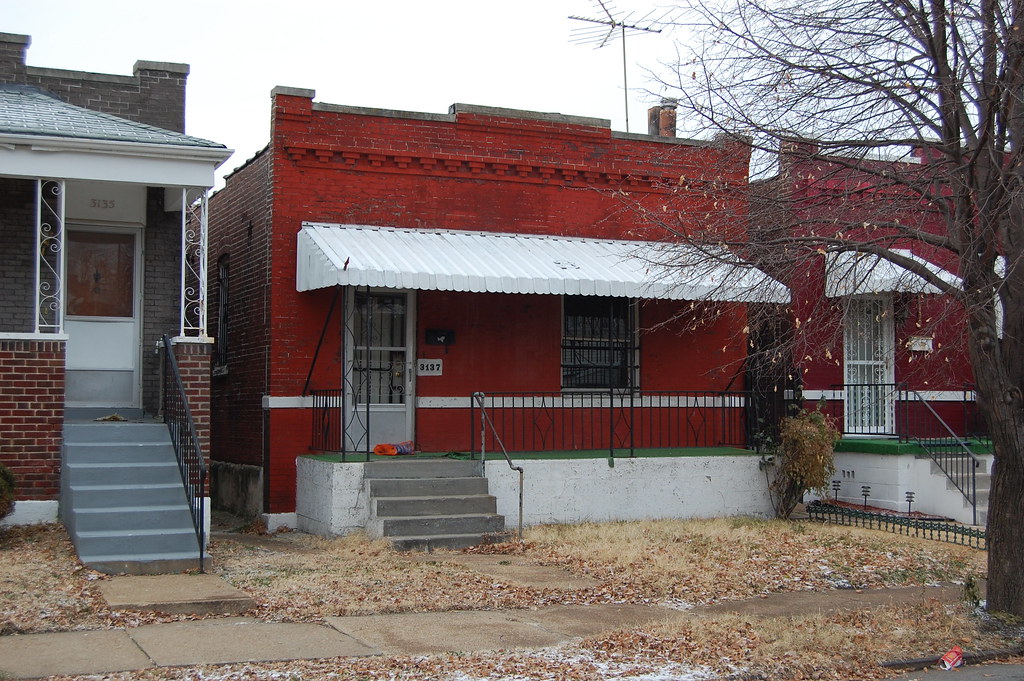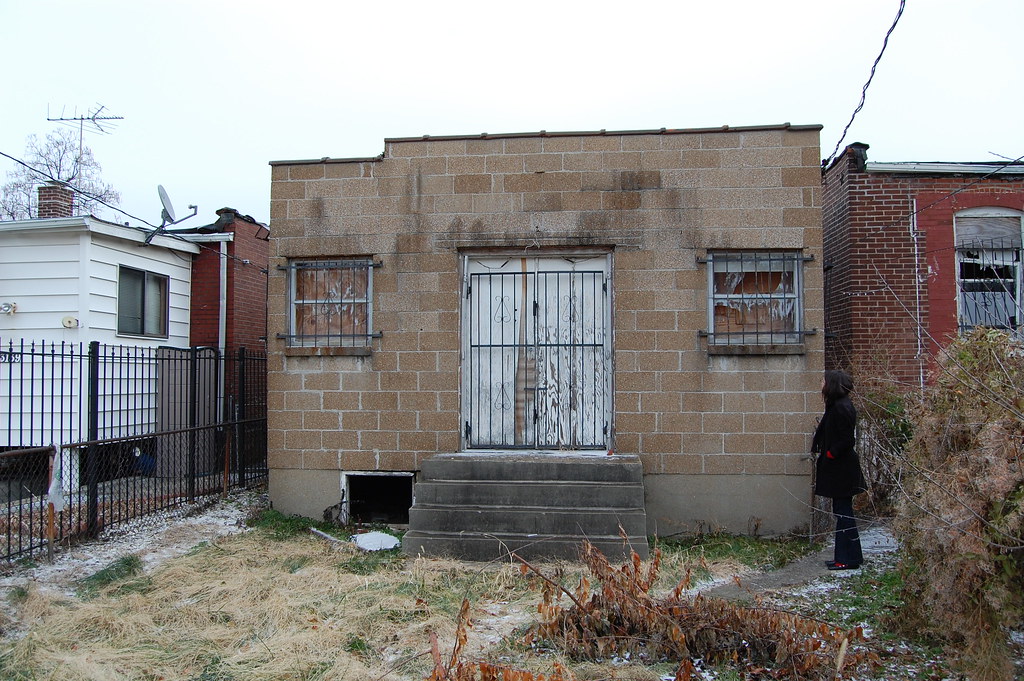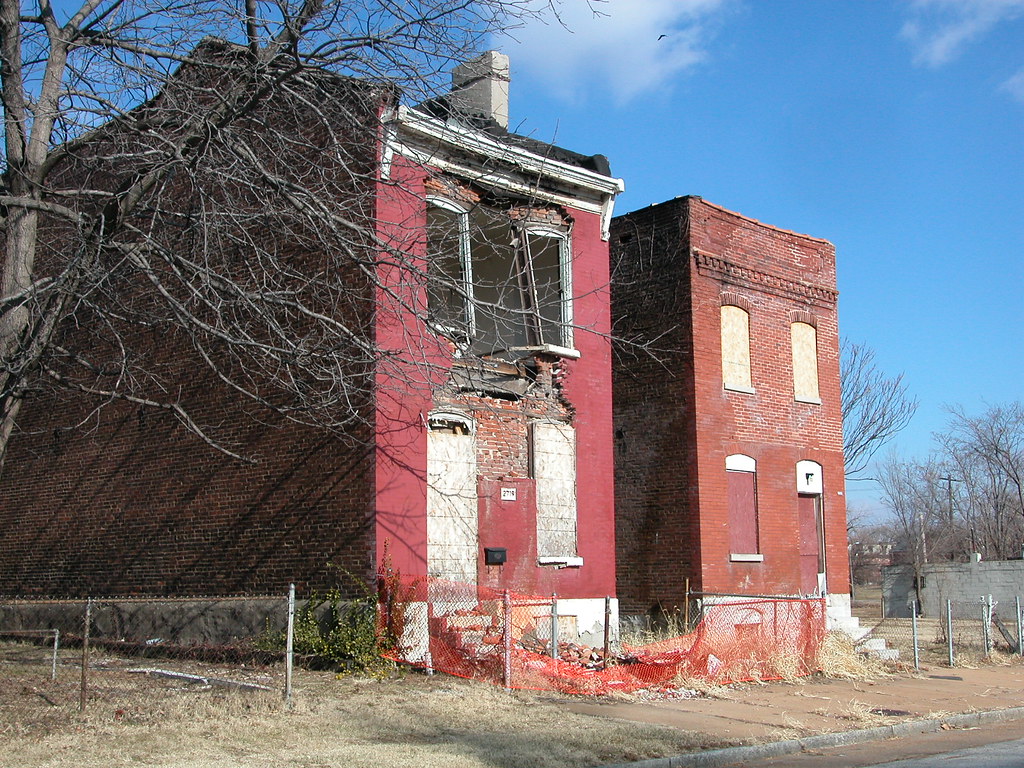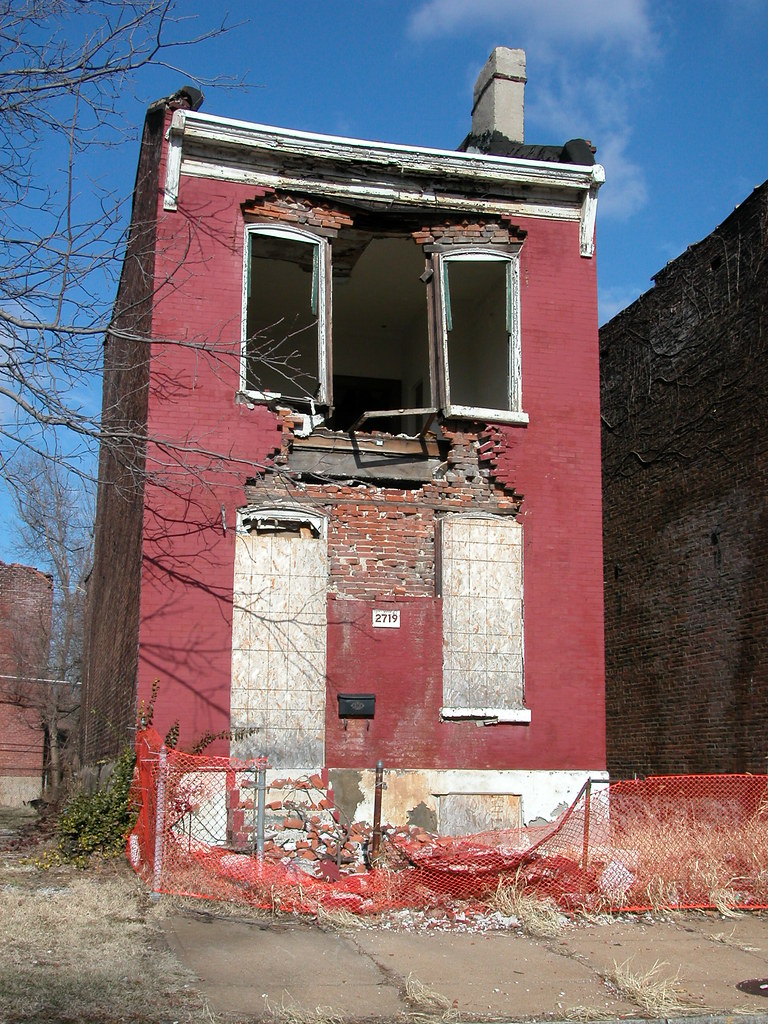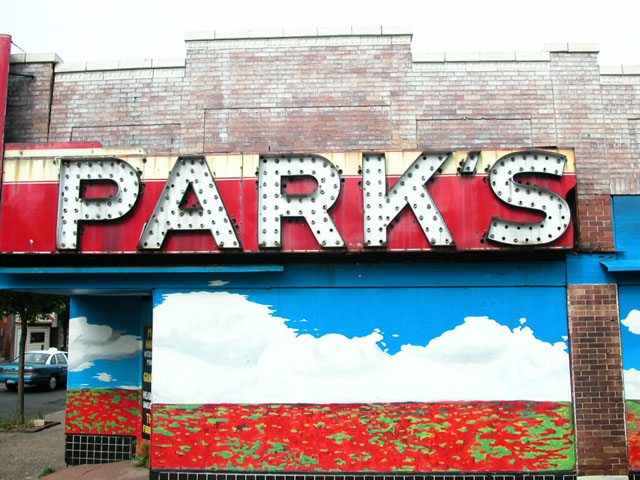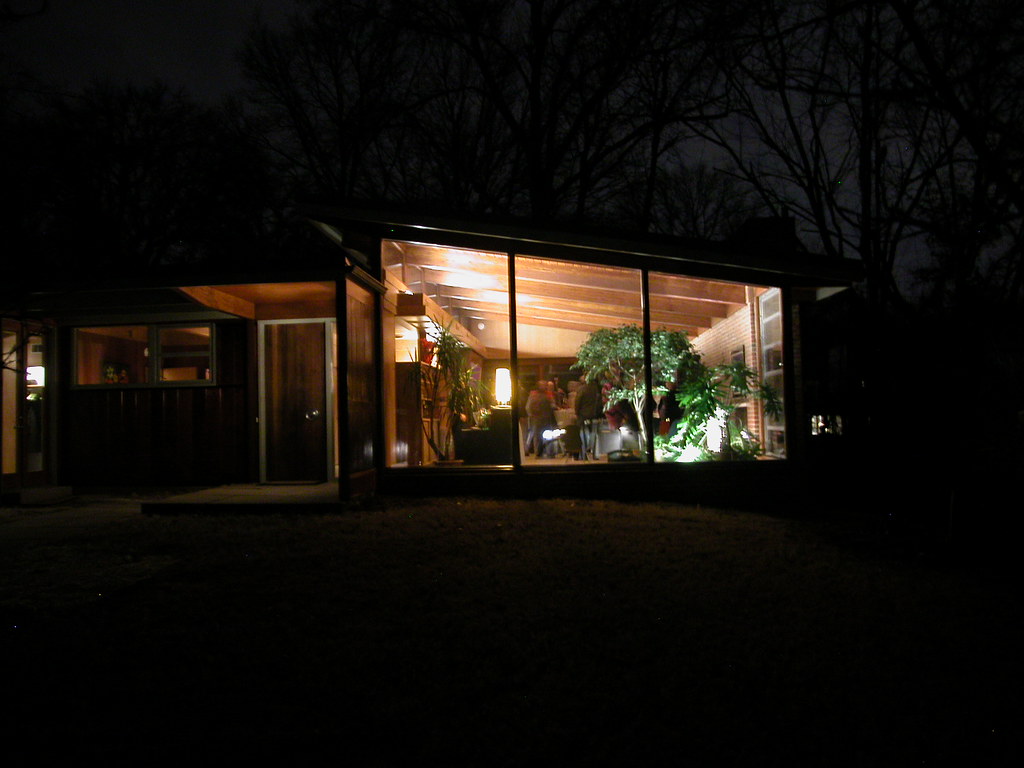by Michael R. Allen
Landmarks Association of St. Louis has published a position statement on the proposed St. Louis Public Schools facilities plan. Read the full text here.
The statement includes useful background information on the $200 million Capital Improvement Program that SLPS implemented from 1989 through 1991 in order to modernize buildings and abate lead and asbestos. The statement ends with wise and strong recommendations for protecting historic school buildings, reprinted here:
Historic Preservation
1. That District not demolish any school identified as historically or architecturally significant in the 1988 schools survey;
2. That the District place all eligible schools in the National Register of Historic Places to recognize their significance and to ensure demolition review under municipal ordinance;
3. That the District make all changes or additions to buildings (especially those included in the 1988 schools survey) respectful of defining architectural features and landscaped settings;
4. That the District obtain detailed bids from qualified contractors and architects with historic renovation work experience when evaluating the cost of retaining existing buildings, to avoid the assumption that renovating historic schools necessarily costs more than building new schools;
5. That the District consult with design professionals experienced in historic renovation work when making plans to renovate any existing schools included in the 1988 survey;
6. That the District develop, in concert with preservation consultants, a realistic maintenance plan for all the historic school buildings and incorporate them into a capital funding plan with rigorous follow through.
School Closures
1. That the District consider leasing schools to public or private entities as an alternative to sale;
2. That the District include in all sales contracts a clause forbidding demolition of schools included in the 1988 survey;
3. That the District reverse its policy of forbidding sales to charter schools or other educational entities, since such sale is preferable to abandonment or demolition;
4. That the District make every attempt to sell or lease buildings and avoid mothballing buildings, for the sake of neighborhood stabilization;
5. That the District properly secure and monitor any historic school closed but retained for future use.

